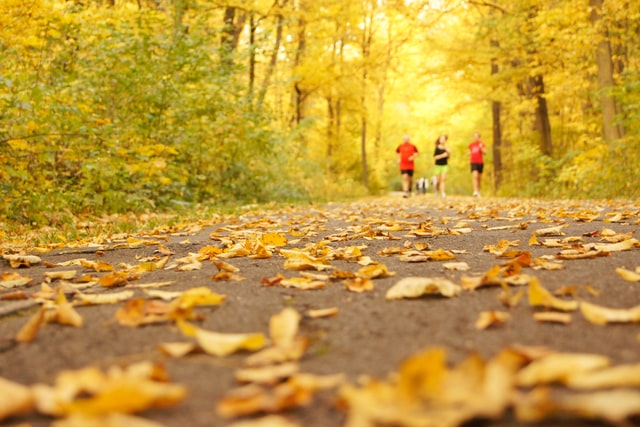Faced with a cold, the spread of pathogenic microorganisms and exposure to certain temperature changes increase infections. Today we tell you all about cystitis: the most common urinary tract disease during the winter.
If you don’t already know Fitenium is a free, mobile, video-based social network for athletes who train strength or bodyweight exercises. At Fitenium users can follow their performance, compete and get discounts in nutrition and sports equipment stores. Download it here.
what is and why does cystitis occur
Cystitis is a urinary tract infection, specifically an infection of the lower urinary tract or bladder. Because women have a longer urethra and are less likely for pathogenic microorganisms to reach the bladder, cystitis is more common in women than in men.
Infection of the mucosa or the entire wall of the bladder, known as cystitis, can be caused by fungi, parasites, or bacteria. Cystitis affects the lower urinary tract.

Published on Unplash by Hanna Eberhard
Improper hygiene and anal bacteria, which are also present in feces, can cause urinary tract infections, but other possible causes of cystitis include the use of a urethral catheter, obstruction of the urethra, obstruction of urinary flow, or inflammation of the urethra. prostate.
Changes in temperature, exposure to cold, and urinary retention are also common causes of urinary tract infections, or cystitis, which can develop suddenly and become acute or recur to a chronic illness.
Cystitis symptoms
Since cystitis is an infection of the lower urinary tract, its symptoms are caused in this area by a constant desire to urinate and excrete small amounts of urine, causing pain and burning when urinating, and lower abdominal discomfort. In addition, according to experts at the Mayo Clinic, there may be a strong cloudy color or blood in the urine, in addition to fever.
If you don’t pay attention to these symptoms, the infection can progress to the upper urinary tract, infect kidney tissue and cause more serious problems, so if you experience any of the above symptoms, it is advisable to see a doctor. Blood, nausea and vomiting in the lower back and especially on the sides, as well as urine, cause severe pain.

Published on Unplash by Kim Cafferky
It is also important to see your doctor if you have been treated with a medicine for cystitis and you are complete, and if the symptoms appear soon after appearing. Antibiotics may not produce the expected results and require a change in medication.
Prevention and treatment of cystitis.
If cystitis occurs, it is necessary to eliminate the bacterial infection.
A diet rich in water, which flushes out bacteria through the urine and “cleanses” the urinary tract, as well as certain foods such as juices and cranberries have been shown to reduce the adherence of the bacteria that cause urinary tract infection. Keeping the area clean and neat also helps fight infection according to a study published in the New England Journal of Medicine.
But the most important thing is to prevent, so in winter you should increase the room temperature in which you find yourself, avoid urine retention, be well hydrated, not wear too tight clothing and use a condom when engaging in sexual activities. It is advisable to take care of the surrounding hygiene and clean from front to back after defecating or urinating, that is, from the vagina to the anus, to prevent bacteria from the feces from easily reaching the urinary tract.

Published on Unplash by Yannic Läderach
And this is basically all you need to know to prevent and, if necessary, cure cystitis.


